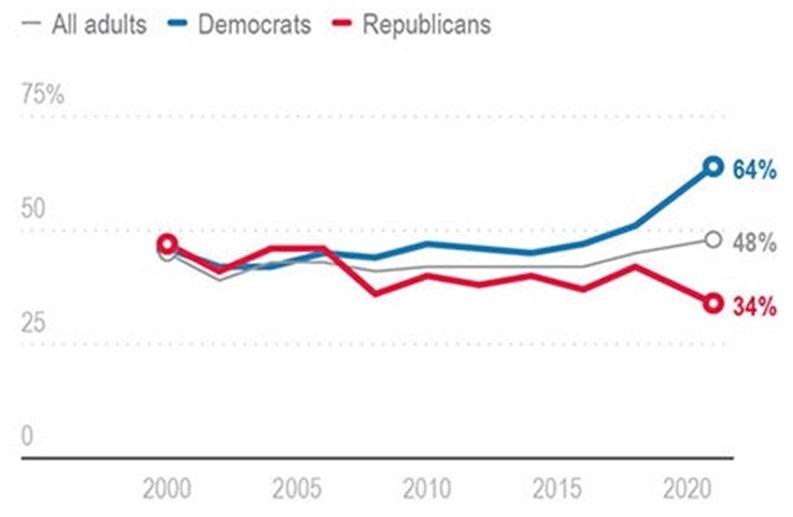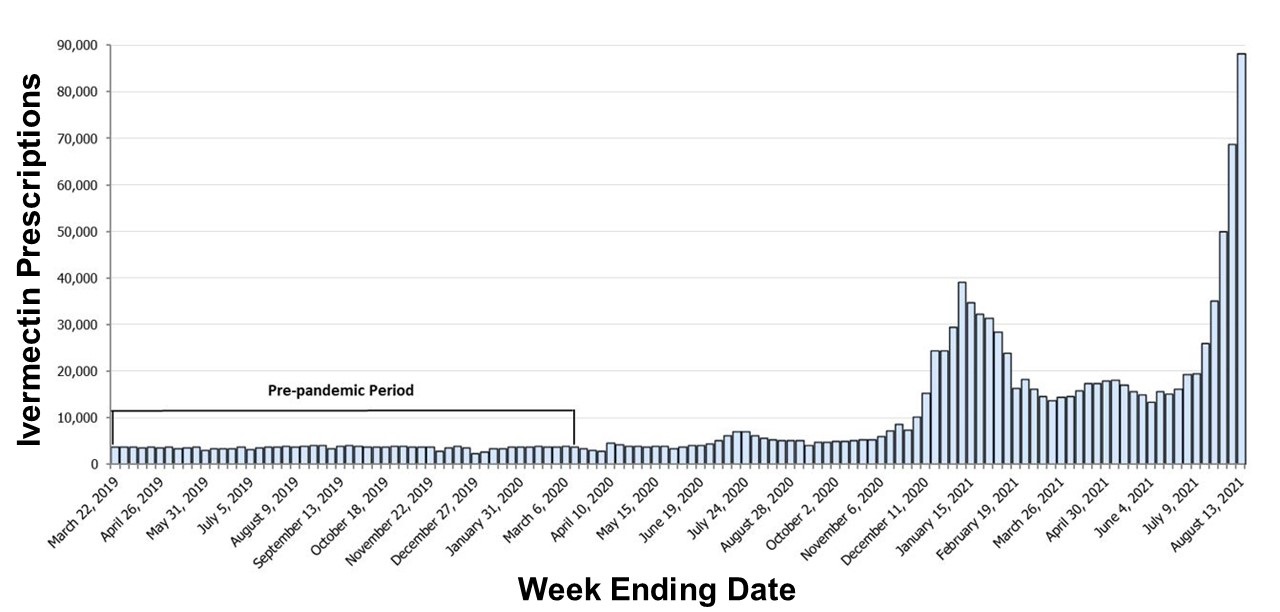Hospitals Say They Lose Money on Medicare Patients but Make Millions
 Sunday, October 30, 2022 at 5:49PM
Sunday, October 30, 2022 at 5:49PM The VA patient waiting scandal in Phoenix is well documented. What is also well documented is that at least 70% of VA medical centers were engaged in similar schemes. Now a report prepared for the North Carolina State Treasurer’s Office revealed that many state hospitals and lobbyists are also guilty of misrepresentation. The hospitals did not lose billions of dollars on Medicare patients as they previously claimed, but in fact made large profits from 2015 to 2020 (1).
“What we’re seeing is the biggest transfer of wealth in my lifetime in North Carolina,” North Carolina state Treasurer Dale Folwell said at a press conference on Oct. 25. “It’s a transfer of wealth especially from lower fixed-income people to these big multibillion-dollar corporations who disguise themselves as nonprofits”(2). “North Carolina hospital lobbyists claimed they lost $3.1 billion on Medicare in 2020—the same year hospitals reaped $87 million in Medicare profits,” North Carolina State Health Plan (NCSHP) stated (2). NCHSP said North Carolina hospitals charge privately insured patients 280 percent of Medicare, which forces patients and employers to pay thousands of dollars more for medical care. A range of 55 to 66 percent of more than 100 hospitals profited off Medicare from 2015 through 2020 in North Carolina, the report stated. “While many hospitals’ margins fluctuated, only 15 hospitals consistently lost money on Medicare, and 35 hospitals posted profits over all six years,” the report said (1). North Carolina ranked sixth overall in the states with the most profitable Medicare margins for five of those years, averaging between -0.3 percent and 2.5 percent Medicare margins, the report stated. Arizona ranked 13th.
“This raises serious concerns over hospitals’ commitment to their patients and their charitable mission, and the steep costs passed on to nearly 740,000 members of the State Health Plan,” the state treasurer’s office said in a press release (2). “The hospital cartel is overcharging you because they can, not because they need to,” Folwell said, adding that hospitals have been hiding behind Medicare, claiming huge losses to justify “kneecapping” their patients (2). “This is the Wild West,” Folwell said. “Nobody’s watching it. Nobody’s holding them accountable. We need a commitment from the cartel to get back to their original mission and to stop putting profits over patients.”
Despite this statement, many researchers have found that billions have poured into hospitals through the Coronavirus Aid, Relief, and Economic Security (CARES) Act. The CARES act created the Centers for Medicare and Medicaid reimbursement plan that allowed for hospitals that adhered to protocols for treating COVID-19 to reap up to $500,000 per patient, beginning with a positive COVID-19 test, the use of a National Institutes of Health-approved antiviral drug called remdesivir, putting the patient on a ventilator, and ending with the hospital listing COVID-19 as the cause of death on a death certificate. According to a report from TN Liberty Network, an independent think tank comprising 28 researchers, hospitals have taken lucrative payoffs from the federal government throughout the last several years (3).
In addition to the CARES Act, the Coronavirus Response and Relief Supplemental Appropriations Act provided another $178 billion in relief funds to health care providers and hospitals, with more relief funds siphoned to states from the American Rescue Plan Act beginning in March of 2021, $8.5 billion of which went to health care providers.
The North Carolina Healthcare Association (NCHA) responded to the report, stating that “Instead of bringing transparency and clarity to the public, Treasurer Folwell has created an incomplete and complicated report that fails to address how he will provide more affordable healthcare to state employees and retirees,” NCHA said. “North Carolinians deserve truthful and transparent information. This report fails to deliver it.” (2).
References
- North Carolina State Health Plan For Teachers And State Employees, Rice University’s Baker Institute For Public Policy, and the University Of Southern California’s Sol Price School Of Public Policy. Overcharged North Carolina Hospitals Profit on Medicare. 2022. Available at: https://www.shpnc.org/media/3011/download?attachment (accessed 10/29/22).
- McGregor M. North Carolina Treasurer’s Office Says Hospitals Reaping Billions from Medicare Despite Claiming Otherwise. Epoch Times. October 28, 2022. Available at: https://www.theepochtimes.com/north-carolina-treasurers-office-says-hospitals-reaping-billions-from-medicare-despite-claiming-otherwise_4824332.html (accessed 10/29/22).
- DePriest AJ. Blood Money in U.S. Healthcare. Financial Incentives: The Use of “Covered Countermeasures”. TN Liberty Network. August 8, 2022. Available at: https://acrobat.adobe.com/link/review?uri=urn:aaid:scds:US:a22410b7-3189-4a4a-b59a-50bdfb023de9 (accessed 10/29/22).




